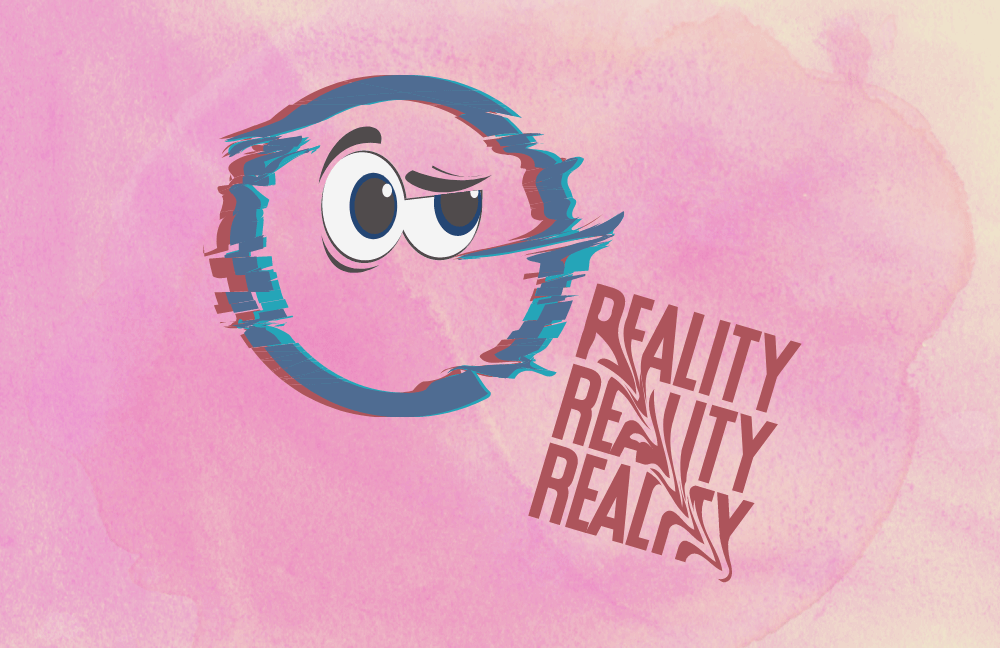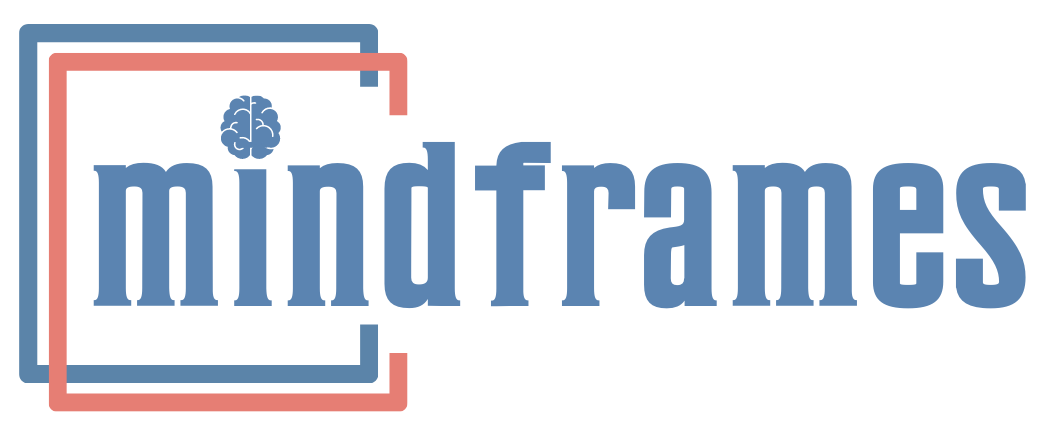Team Building at Work
Teams vs. Solitary Work
Workplace teams are two or more people unified by tasks that they’re required to accomplish together. The primary motive may still embrace satisfaction of personal needs (performance, goals, ambitions, success, or promotion), but it’s true: humans behave differently in groups than when alone. Studies have revealed that employees work harder and faster when others are present (social facilitation), and also that performance can decline when others in the situation create distraction or conflict (social disruption).
Group influence on individual behavior can hence be positive or negative. But workplace teams are constructed on the well documented grounding that together everybody achieves more. Empathy, solidarity, and morale are frequent outcomes of group collaboration, all of which directly impact individual and group performance. We need teams to accomplish more than what one individual ever can.

Teams: Role of Social Collaboration
Besides being social animals with needs for achievement and power, humans also have strong affiliation needs. People like to communicate with one another, make suggestions, offer opinions, raise arguments, gain criticism; and basically, know that they can make a difference.
People working in groups play different roles; communicate their role and receive feedback from themselves (did I play the role correctly?) as well as from others (did everyone confirm that my behavior was correct?) to restart the process of redefining who they are as individuals (personal role). Workplaces where employees are also friends, have a healthier emotional culture, higher happiness quotient and greater work satisfaction. They work to raise their own emotional and social quotients, and this further enhances their collaboration and work performance.
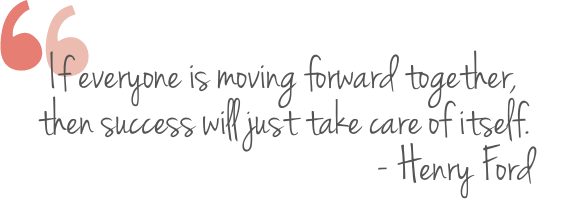
Individuals vs. Teams
Few missions if any, can be accomplished well alone. Most tasks require multiple resources from many individuals. Solitary tasks rely on ‘individual bests’ but teams demonstrate the spirit of accountability and task definition by unifying these ‘individual bests’ to a ‘collective best’. When people understand each other’s strength and weaknesses, they can complement one another’s limitations. And if each one offers their unique personal best; the whole becomes different from the sum of its individual parts, and performance heightens exponentially. Committed to a common goal, teams use empathy to multiply individual zest, enthusiasm, energy and motivation manifold.
High Performing Teams
- Sense of direction and purpose
- Influenced by actions of another
- Ability to reframe challenges
- Maintain a code of conduct
- Have performance-oriented goals
- Flexibility in time-based tasks
- Purposeful time spent together
- Optimal resource utilization
- Interpersonal respect and empathy
- Urgency for task accomplishment
Team Functional Roles
- Generating imaginative ideas
- Brainstorming on challenges
- Seeking meaningful solutions
- Encouraging honest feedback
- Freedom and ease of expression
- Measuring majority responses
- Reappraising team’s behavior
- Mediating member differences
- Facilitating open communication
- Sticking to the team’s final goal
5D Teams of the New Millennium
Compelling Direction
Strong structure
Supportive Context
Shared Mindset
Team Building With Dr Shefali Batra
MindFrames wellness initiatives are not isolated events. Humans lose 80% of what they listen to in ordinary conversation as well as lectures, presentations and webinars. Memory laws insist that reinforcement is imperative to cement ideas and values into the consciousness as well as subconscious automated mind. That is why we like to precede workshops or webinars with an online assessment tool that employees complete confidentially and get individualized reports. This builds an appetite for the subject and raises questions in their curious minds.
After this, the workshops and webinars disperse evidence-based information delivered in a friendly and interactive manner; and we sum it up with follow up suggestions and material to take home so they can savor and imbibe it with time. We work at all levels within the hierarchy to bring about this organizational shift.
Team building is not the end game; it is one of the many core skills to play any game right. At an employee level this enables respectful communication, minimizes conflict and promotes cohesion. At the group level it fine tunes interpersonal dynamics to enable empathy and relatedness with each other. At the managerial level it helps them optimize employees’ achievement motivation. And at the organizational level, teams enhance performance and profits, and contribute to an emotionally healthy working climate. Organizations are waking up to make the right call. And we are here to help.
Dr Shefali Batra has created tools for emotional wellness evaluation, relaxation as well as mindfulness, all of which are customized to preference in all our corporate wellness initiatives. We are eager to help you shape your workplace better to assure a healthier emotional climate. All programs are customized, with flexibility in frequency, duration of workshops, analysis, assessment, educational material, and more. Please connect with us, so together we can make a difference.
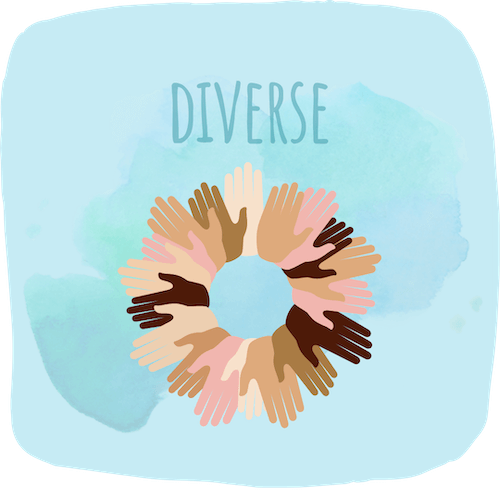
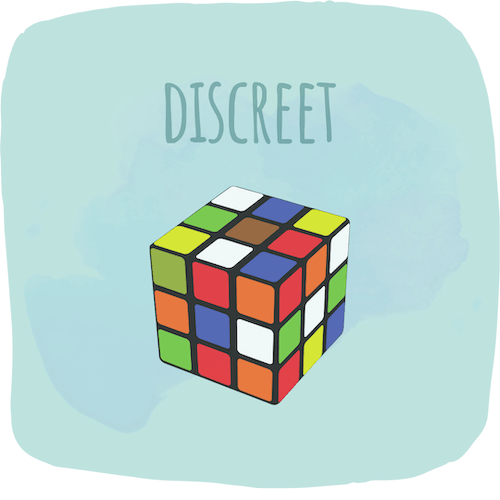


References
- Shuffler, M. L., Diazgranados, D., Maynard, M. T., & Salas, E. (2018). Developing, Sustaining, And Maximizing Team Effectiveness: An Integrative, Dynamic Perspective Of Team Development Interventions. The Academy of Management annals, 12(2), 688–724.
- Klug, M., & Bagrow, J. P. (2016). Understanding the group dynamics and success of teams. Royal Society open science, 3(4), 160007.
- Torrente, P., Salanova, M., Llorens, S., Schaufeli, W. B., (2012). Teams make it work: how team work engagement mediates between social resources and performance in teams. Psicothema. Feb;24(1):106-12.
Latest Posts
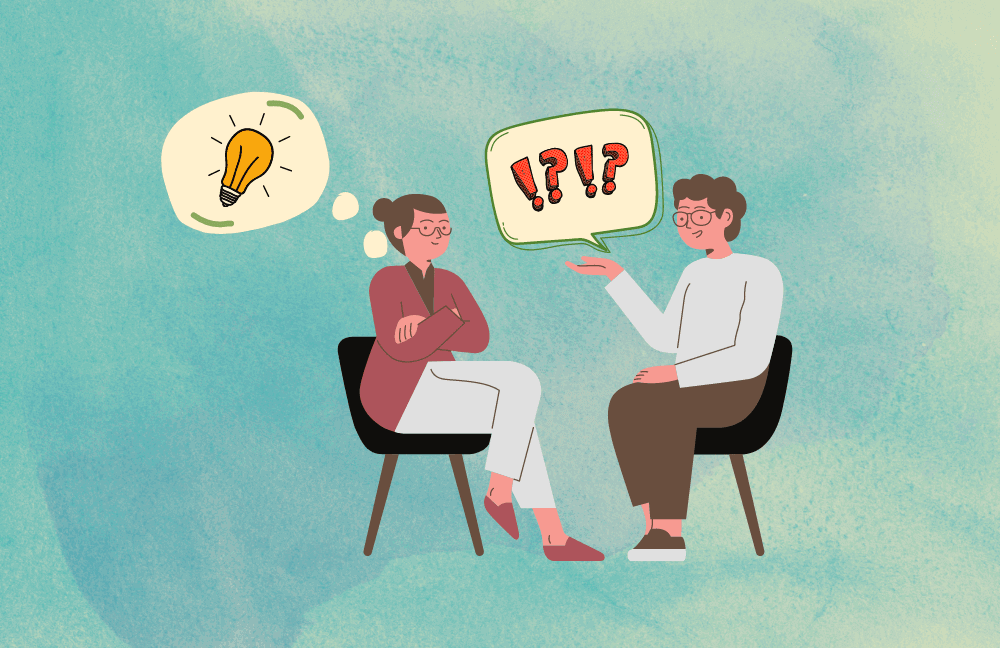
7 Reasons Why You Should Seek Therapy
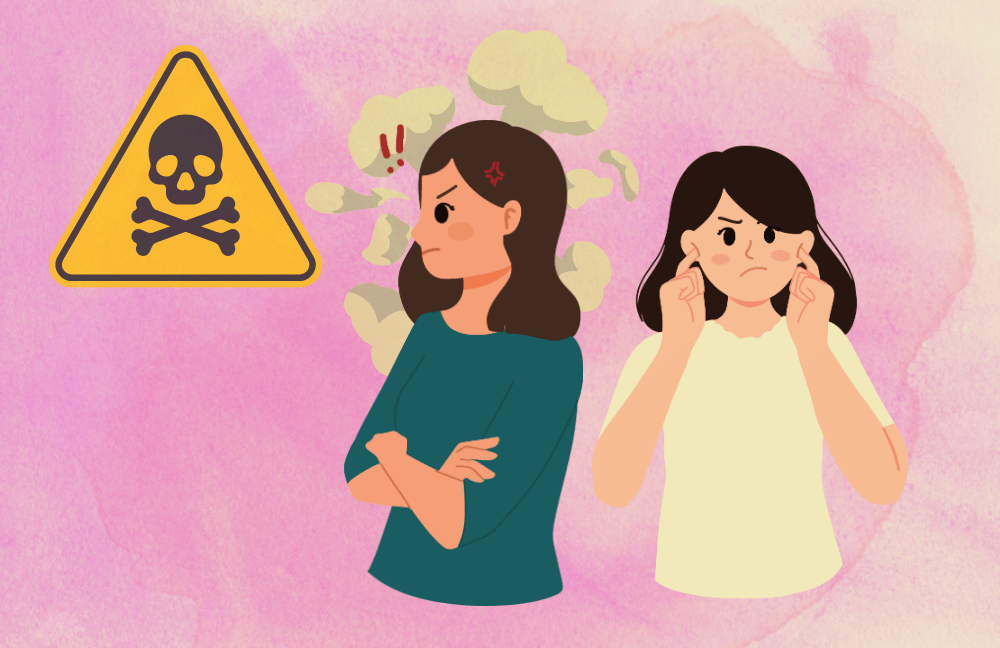
5 Ways To Deal With A Toxic Coworker

Journey: Why Is It Something No-one Talks About?
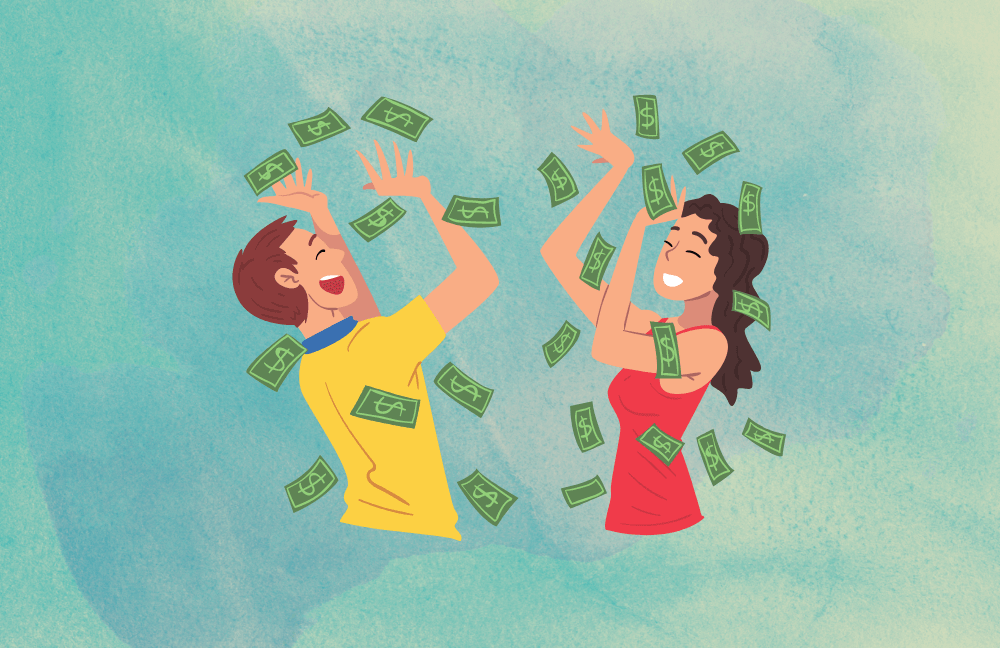
Money vs. Happiness: Who Is Winning the Desperate Race?
